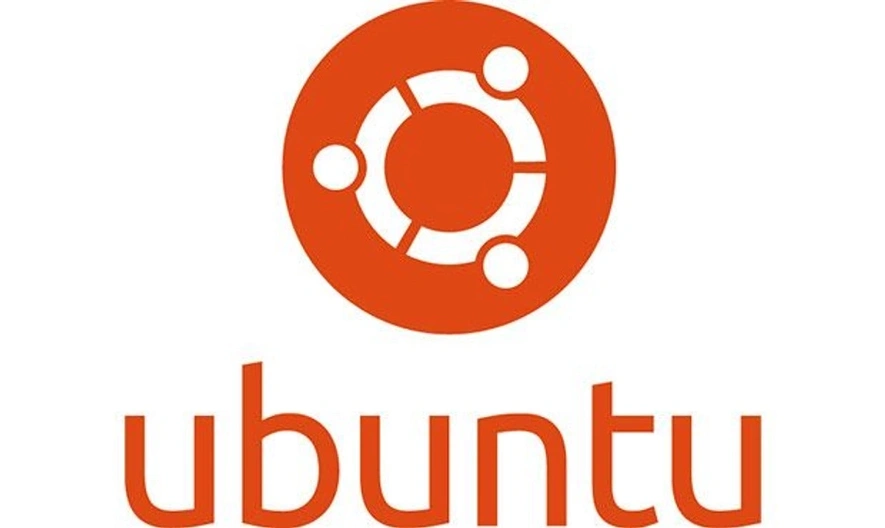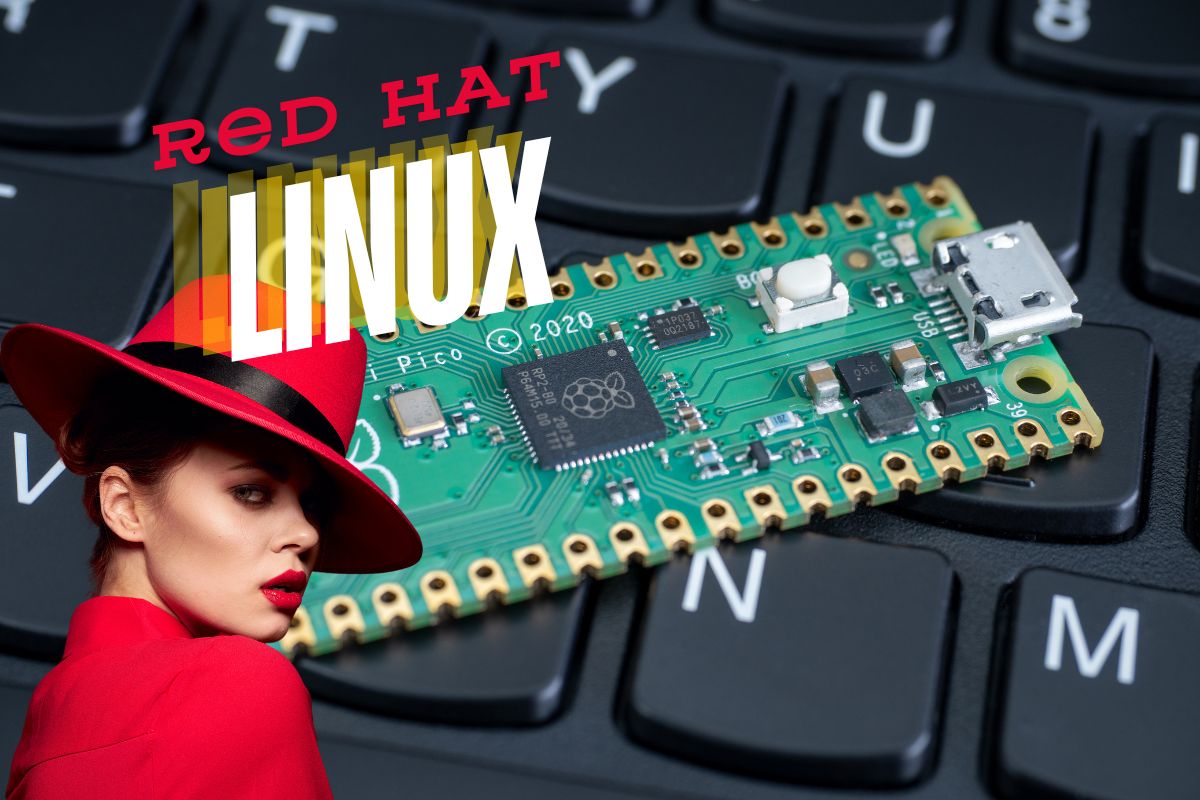Customizing Your Ubuntu Experience on Windows 11
Windows 11, the latest operating system from Microsoft, has brought a lot of new features and improvements to the table. One of the standout features of Windows 11 is its ability to run Linux distributions natively through the Windows Subsystem for Linux (WSL). This means that you can now run Ubuntu, one of the most popular Linux distributions, directly on your Windows 11 machine. In this article, we will explore how you can customize your Ubuntu experience on Windows 11 to make it more personalized and tailored to your needs.

Customizing Your Ubuntu Experience
#1. Customizing the Terminal:
The terminal is where you will be spending a lot of your time when working with Ubuntu on Windows 11. You can customize the terminal by changing the font size, color scheme, and even adding custom prompts. You can also install third-party terminal emulators like Terminator or Alacritty for a more feature-rich terminal experience.
2. Installing and Managing Packages:
One of the key benefits of using Ubuntu on Windows 11 is access to the vast array of packages available in the Ubuntu repositories. You can use the apt package manager to install, update, and remove packages from your system. You can also use tools like Synaptic Package Manager or Gdebi to manage packages with a graphical interface.
3. Setting Up Development Environments:
Ubuntu on Windows 11 is a great platform for developers to set up their development environments. You can install development tools like Git, Node.js, Python, and Ruby using the apt package manager. You can also set up virtual environments using tools like Virtualenv or Docker to isolate your development environments.
4. Customizing the Desktop Environment:
Ubuntu comes with the GNOME desktop environment by default, but you can customize it to suit your preferences. You can install themes, icons, and extensions to change the look and feel of your desktop. You can also install alternative desktop environments like KDE or Xfce if you prefer a different desktop experience.
5. Integrating with Windows:
Ubuntu on Windows 11 integrates seamlessly with the Windows environment, allowing you to access Windows files and folders from the Ubuntu terminal. You can also share clipboard contents between Ubuntu and Windows by enabling the shared clipboard feature in the WSL settings. This makes it easy to work with files and data across both operating systems.
6. Customizing Shell Profiles:
You can customize your shell profiles in Ubuntu on Windows 11 to set up different environments for different tasks. For example, you can create a profile for development work with all the necessary tools and settings preconfigured. You can also create aliases and functions to make common tasks easier and more efficient.
7. Using Productivity Tools:
Ubuntu on Windows 11 comes with a wide range of productivity tools like LibreOffice, GIMP, and VLC media player. You can customize these tools to suit your workflow and preferences. You can also install additional productivity tools from the Ubuntu Software Center or using the apt package manager.
FAQs
Q: Can I run graphical applications on Ubuntu on Windows 11?
A: Yes, you can run graphical applications on Ubuntu on Windows 11 by installing an X server like VcXsrv or Xming. This will allow you to run graphical applications like GIMP or Firefox with a graphical interface.
Q: Can I access the Windows filesystem from Ubuntu on Windows 11?
A: Yes, you can access the Windows filesystem from Ubuntu on Windows 11 by navigating to the /mnt directory in the Ubuntu terminal. This directory contains mount points for your Windows drives, allowing you to access and manipulate Windows files and folders.
Q: Can I customize the appearance of Ubuntu on Windows 11?
A: Yes, you can customize the appearance of Ubuntu on Windows 11 by installing themes, icons, and extensions for the GNOME desktop environment. You can also install alternative desktop environments like KDE or Xfce for a different look and feel.
Conclusion
Customizing your Ubuntu experience on Windows 11 can help you tailor your workflow and environment to your preferences and needs. By following the tips and suggestions outlined in this article, you can create a personalized and productive Ubuntu setup on your Windows 11 machine. With the ability to run Ubuntu natively on Windows 11, you can enjoy the best of both worlds and take advantage of the features and capabilities of both operating systems.





































